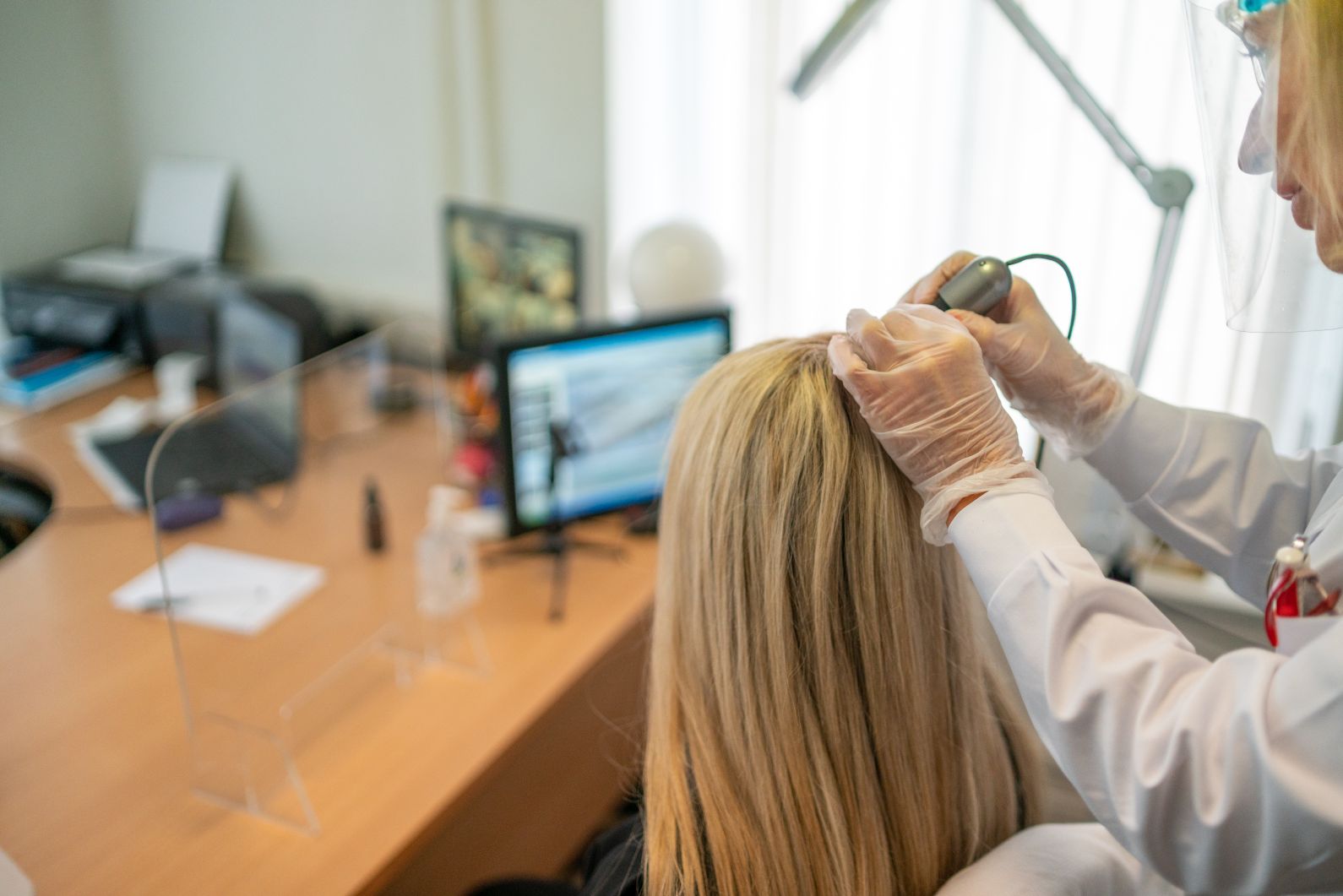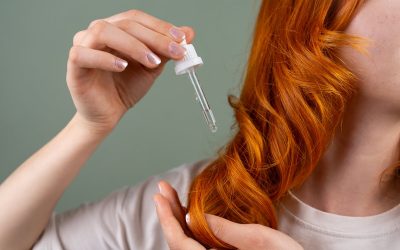If you are losing clumps of hair and seeing bald patches, it is best to see a hair and scalp expert right away as you may be suffering from a condition called alopecia areata.
What Is Alopecia Areata?
Alopecia areata is a condition which results in smooth, circular bald patches. These coin-sized bald patches may have edges with exclamation marks (short, tapered hairs). Alopecia areata typically affects the scalp; however, hair loss may also be noted on other body parts like the eyebrows and limbs.
In most cases, even without treatment, hair grows back after several months. In fact, in cases where half of the scalp is affected, there is an 80% per cent chance of hair regrowth. Unfortunately, it is not unlikely for this condition to recur even after you experience full hair regrowth.
Who Is Affected By Alopecia Areata?
Alopecia areata doesn’t discriminate in terms of age; it affects children and adults. However, it is more prevalent among teenagers and young adults, specifically those between the ages 15-29. Many of those with this condition experienced their first episode during their teenage years.
Alopecia areata also equally affects men and women, particularly in the younger age groups. Meanwhile, those affected later in life are usually females.
What Causes Alopecia Areata?
In alopecia areata, the immune system mistakenly attacks the hair follicles, resulting in the inflammation of the hair root; this eventually causes the hair to weaken and fall. It is still unknown why the immune system does this. Experts believe, however, that infections, viruses, medications or stress and other environmental factors may trigger the immune system to act this way.
Studies also reveal that one in five people have a family history of alopecia areata. This means that some people are genetically predisposed to have this condition. Additionally, it is more common among people with autoimmune conditions like diabetes, Down’s syndrome or hyperthyroidism.
What Are The Symptoms Of Alopecia Areata?
This condition usually begins with the manifestation of one or more bald patches on the scalp. The scalp typically appears healthy. At times, the bald patch may exhibit mild redness or mild scaling and may feel itchy. Some people with alopecia areata develop pitted fingernails and toenails.
The manner in which the condition progresses after the appearance of the first bald patch varies. In most cases, regrowth of hair on the bald patch happens in several months. However, the hair colour is different, either white or grey. The original hair colour comes back after a few months.
Meanwhile, there are cases wherein hair regrowth on the first patch takes place whilst a new bald patch develops. This cycle of hair loss and regrowth continues making it appear that the bald patches are rotating around the different areas of the scalp.
Generally, alopecia areata manifests in the form of several coin-sized bald patches on the scalp. However, at times, these bald patches merge, thereby making the bald area larger. In some cases, alopecia areata progresses into alopecia totalis (all hair on the scalp is lost) or alopecia universalis (hair in other body parts is lost).
What Are The Treatments For Alopecia Areata?
Treatments for alopecia areata are geared towards the stimulation or promotion of hair growth. Some of these treatments include the application of topical steroidal creams or steroidal injections for hair regrowth. Meanwhile, for extensive alopecia areata, topical immunotherapy is usually the recommended treatment option.
It is important to note that there is still no existing cure for alopecia areata. So, be wary if someone tells you he/she is going to cure you! Make sure that you see a specialist trained to diagnose and treat alopecia areata like a dermatologist or trichologist. Doing this is the best way to ensure that proper treatment is given and the best outcome is achieved.
Early and proper diagnosis of alopecia areata results in better treatment outcomes. Schedule an appoint with our hair and scalp specialist today! Call us at +353 (0)1 6793618
—
Photo by betsyjons




